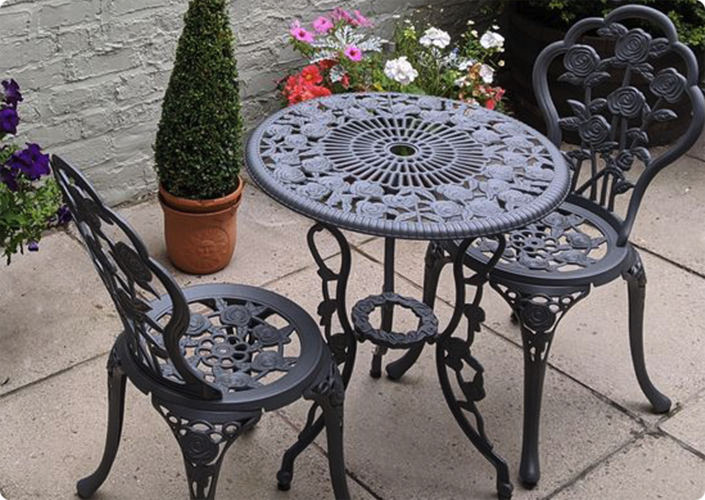cast iron bushings
Cast Iron Bushings A Comprehensive Overview
Cast iron bushings are essential components used in various industrial applications, renowned for their durability, strength, and excellent wear resistance. As a type of bearing, these bushings provide support and reduce friction between moving parts, ensuring smooth operation across machinery. This article delves into the characteristics, manufacturing processes, applications, and advantages of cast iron bushings.
Characteristics of Cast Iron Bushings
Cast iron is an alloy of iron that contains carbon and silicon. This unique composition gives cast iron its impressive mechanical properties. Cast iron bushings typically exhibit excellent hardness along with good thermal conductivity, which aids in dissipating heat generated during operation. Furthermore, the natural lubricity of the graphite inclusions within the cast iron matrix enhances their self-lubricating abilities, making them particularly suitable for heavy-duty applications.
Moreover, cast iron bushings are available in various grades, each catered to specific operational environments. The choice of grade influences the bushing's wear resistance, tensile strength, and machinability, making selection crucial for optimal performance.
Manufacturing Processes
The production of cast iron bushings typically involves the sand casting process, where molten iron is poured into molds made of sand
. This method allows for the mass production of bushings with complex geometries while maintaining precision. After cooling, these bushings undergo machining processes, such as turning and grinding, to achieve the desired dimensions and surface finish.cast iron bushings

Quality control is vital in the manufacturing process. Testing for mechanical properties, wear resistance, and surface integrity ensures that the bushings can withstand the rigorous demands of their intended applications. Additionally, heat treatment may be applied to enhance their properties further, improving hardness and resilience.
Applications
Cast iron bushings are widely used in various industries, including automotive, construction, and manufacturing. In automotive applications, they are commonly found in suspension systems, steering mechanisms, and engine components, where they help in managing the load and reducing vibration. In heavy machinery, cast iron bushings are used in pivots, hinges, and axles, providing a robust solution for high-load scenarios.
Furthermore, these bushings are utilized in industrial equipment, such as pumps, compressors, and conveyors, where durability is paramount. Their ability to operate under extreme conditions, such as high temperatures and varying pressures, makes them a preferred choice for engineers and manufacturers alike.
Advantages of Cast Iron Bushings
The advantages of cast iron bushings are numerous. Their robust nature means less frequent replacement, resulting in lower maintenance costs over time. They can withstand high pressures and loads, making them suitable for heavy-duty applications. Additionally, the self-lubricating properties reduce the need for additional lubricants, contributing to a more efficient running operation.
In summary, cast iron bushings serve as indispensable components across various industries, facilitating smooth and efficient machinery operation. Their remarkable properties, coupled with their cost-effectiveness, solidify their position as a reliable choice for engineers and manufacturers seeking durable bearing solutions. As technology advances, the evolution of cast iron bushings will continue to play a critical role in enhancing industrial performance.
-
Wrought Iron Components: Timeless Elegance and Structural StrengthNewsJul.28,2025
-
Window Hardware Essentials: Rollers, Handles, and Locking SolutionsNewsJul.28,2025
-
Small Agricultural Processing Machines: Corn Threshers, Cassava Chippers, Grain Peelers & Chaff CuttersNewsJul.28,2025
-
Sliding Rollers: Smooth, Silent, and Built to LastNewsJul.28,2025
-
Cast Iron Stoves: Timeless Heating with Modern EfficiencyNewsJul.28,2025
-
Cast Iron Pipe and Fitting: Durable, Fire-Resistant Solutions for Plumbing and DrainageNewsJul.28,2025
-
 Wrought Iron Components: Timeless Elegance and Structural StrengthJul-28-2025Wrought Iron Components: Timeless Elegance and Structural Strength
Wrought Iron Components: Timeless Elegance and Structural StrengthJul-28-2025Wrought Iron Components: Timeless Elegance and Structural Strength -
 Window Hardware Essentials: Rollers, Handles, and Locking SolutionsJul-28-2025Window Hardware Essentials: Rollers, Handles, and Locking Solutions
Window Hardware Essentials: Rollers, Handles, and Locking SolutionsJul-28-2025Window Hardware Essentials: Rollers, Handles, and Locking Solutions -
 Small Agricultural Processing Machines: Corn Threshers, Cassava Chippers, Grain Peelers & Chaff CuttersJul-28-2025Small Agricultural Processing Machines: Corn Threshers, Cassava Chippers, Grain Peelers & Chaff Cutters
Small Agricultural Processing Machines: Corn Threshers, Cassava Chippers, Grain Peelers & Chaff CuttersJul-28-2025Small Agricultural Processing Machines: Corn Threshers, Cassava Chippers, Grain Peelers & Chaff Cutters












